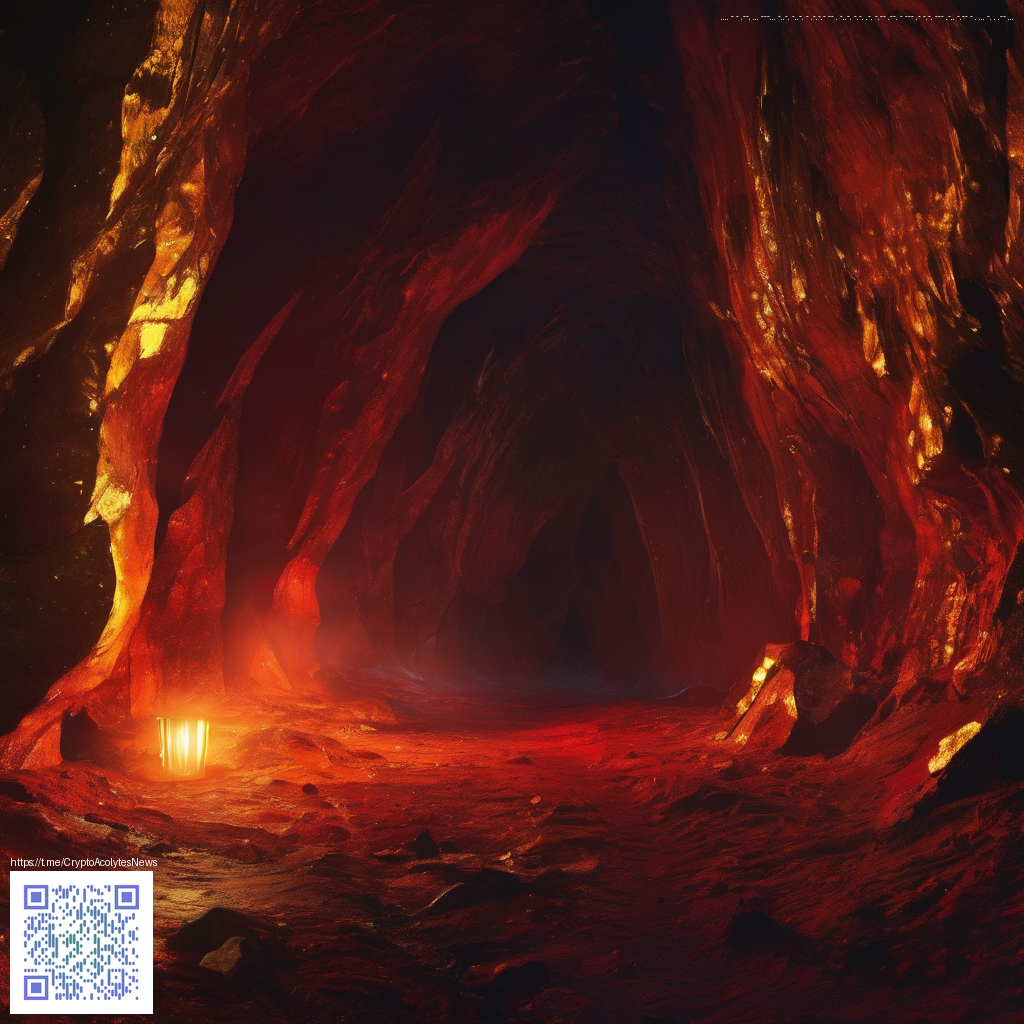
A Nostalgic Return: Why a Classic Pokémon Adventure Still Charms Today
Few game worlds endure with the same warmth and reliability as the Kanto region in the late-night glow of a portable LCD screen. What began as a simple turn-based journey in the late 1990s has evolved into a cultural touchstone that fans revisit not just for nostalgia, but for the sense of shared memory it evokes. Pokémon Yellow, in particular, stands out because it leaned into the anime’s charm while preserving the core loop that made the originals so addictive: exploring, collecting, and building bonds with a cast of quirky companions. Even as tech has moved toward vast 3D maps and online iteration, that compact, character-driven pace still feels right for many players and newcomers alike.
“Yellow felt less like a game and more like an invitation to stand side by side with your animated friends as you explored the world.”
What keeps this entry feeling fresh is not just the memorability of its creatures, but how it married familiar systems with thoughtful twists. The game builds on the foundation of Red and Blue, yet it introduces a lived-in sense of companionship and personality—your starter Pikachu becomes more than a sprite; it becomes a partner who responds to your decisions and your progress. The result is a game that rewards curiosity and encourages experimentation, two traits that age well when the player base grows up with the title and passes its lessons to new generations.
Design Details That Still Stand Out
There are several design choices in Pokémon Yellow that continue to resonate. First, the Pokémon you travel with isn’t just a stock squad—it’s Pikachu, your all-time partner who accompanies you and moves in response to your actions. This simple touch mirrors the emotional center of the anime and makes every encounter feel personal. Second, the pacing emphasizes exploration. You’re rarely kicked out of the action for long; you’re drawn to new areas, new Pokemon, and new trainers in a way that rewards reading the environment. Third, the soundtrack and art direction lean into charm rather than raw spectacle, a decision that ages with grace as art styles become retro rather than outdated pixels.
- Pikachu as a follower creates a tangible sense of companionship and accountability in battles and navigation.
- Pokémon encounters are designed to feel like discoveries rather than random interruptions, encouraging trial-and-error learning.
- The world design emphasizes landmarks and narrative cues that stay legible even as platforms change.
- The color palette and sprites maintain clarity on portable hardware, a testament to deliberate, readable design choices.
These elements contribute to a timeless loop: explore, encounter, collect, and remember. The enduring appeal isn’t only about the creatures themselves; it’s about the way the game invites you to build a little story with every session. If you dip back in today, you’ll notice how the pacing and feedback loops feel modern enough to keep your attention while still honoring a simpler era of gaming.
Modern Relevance and the Everyday Player
Today’s players have a richer catalog of ways to experience classic titles—through remakes, virtual consoles, and modern spin-offs that reference the original’s strengths. Yet what makes the Yellow approach enduring is its emotional texture: a sense of companionship, playful humor, and a world that rewards careful wandering. For fans who want to blend retro immersion with current technology, practical accessories can smooth the way. For example, a MagSafe phone case with card holder offers a compact, durable companion for those who like to replay nostalgic adventures on the go without juggling too many items. You can explore options like this and other practical gear here: Magsafe phone case with card holder.
If you’re curious about additional context and historical notes, a well-curated piece can provide the backdrop you want. For a deeper dive, you can visit the original archival page at the following link: https://0-vault.zero-static.xyz/38fa05b6.html.
Similar Content
Explore related notes and references on the page below: